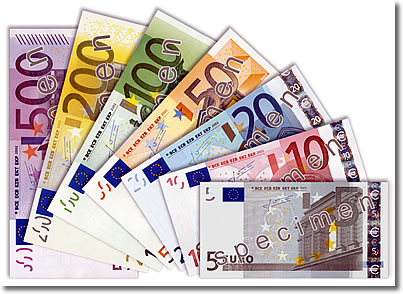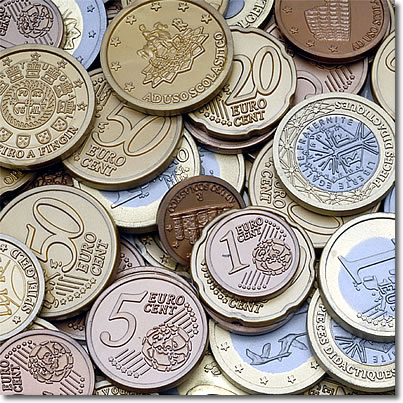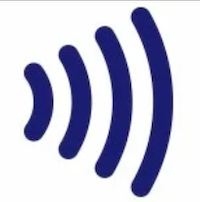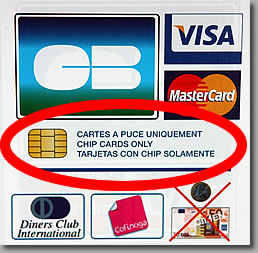 |
Euros in France | |
| France uses the euro as its currency. You will too. Smartphone payment apps and credit & debit cards are the best and easiest way to pay your travel expenses. If you use cash, there are things you must know. | ||
|
|
|
The unit of currency in France is the euro, as in the other countries of the European Union Most commercial transactions in France—shopping, transport, lodging, etc.—are performed using debit or credit cards, or smartphone payment systems (Apple Pay, Google Pay, etc.) based on credit and debit cards. You can even pay for a cup of coffee, an hour's parking, or vegetables in an open-air market quickly and easily with your RFID or chip-and-PIN card, so cash is really a fallback option. In any case, you need to know about euro cash. Euro Notes/BillsThe current design series of euro notes is called the Europa series. Bills/notes are in denominations of 5, 10, 20, 50, 100, 200 and 500 euros. More... Experts say the 500-euro note is often used to hide criminal activity, so in May 2016 the European Central Bank announced that after 2018 it will no longer issue 500-euro notes. The large-denomination notes remain in circulation, and will always retain their value, but you will see ever fewer of them. Because of counterfeiting, it can be difficult to have a business accept a large-denomination euro note, even with all its new security features. Even 200-euro and 100-euro notes may be questioned. It's best to use a credit or debit card, and 50-euro or smaller notes. Euro CoinsCoins are in denominations of 1, 2, 5, 10, 20 and 50 centimes, and 1 and 2 euros. They are of standard size, shape, weight and metal, but the graphic design varies from country to country. You may find euro coins from many other European nations in your pocket or purse when you travel in France. How to Obtain EurosBefore exchanging money, you need to know how currency exchange works and how to avoid ripoffs, which are common. More... Visitors to France have three options for obtaining euros: Your Home Bank CardIf your home ATM/cash-machine bank card is RFID or chip-and-PIN, you may be able to use it easily for most purchases in France. If not, you can use it to withdraw euros from French distributeurs des billets (ATMs/cashpoints) or Retrait (cash witdrawal). Check with your bank to see if this will work without problems. Credit & Debit CardsUse a credit card, widely used in France, but only if it is a credit card with a computer chip in it (carte à puce) and/or RFID. Check with your bank to assure that your card is an RFID or chip-and-PIN (preferable) or chip-and-signature card. Businesses in France may not accept the older credit cards with only a magnetic stripe on the back. If your card is from the USA, you may be required to sign a slip to complete a transaction. More... How It Works
When your PIN is accepted, you'll see Code Bon (PIN Accepted) and, soon after, Retirez Carte (Remove Card), after which you'll receive a paper receipt. Apple Pay, Google Pay, etc.These days, we mostly use our smartphones and Apple Pay, which is used nearly everywhere in France. We touch our phones near the payment terminal, a chime sounds, and we've paid securely. The debit shows up on our account immediately. Bureaux de ChangeExchange your home currency (dollars, pounds, yen, etc.) for euros at a bureau de change (currency exchange office). Exchange rate spreads, commissions and service fees in France can take as much as 10% of your money for each exchange, so currency exchange may not be the thrifty option. Count Your Change!A good tip in Paris or anywhere: whenever you pay with cash, always count your change.
|
|
|




